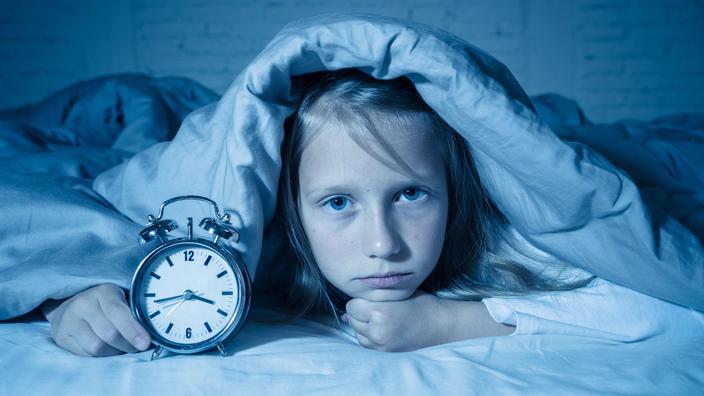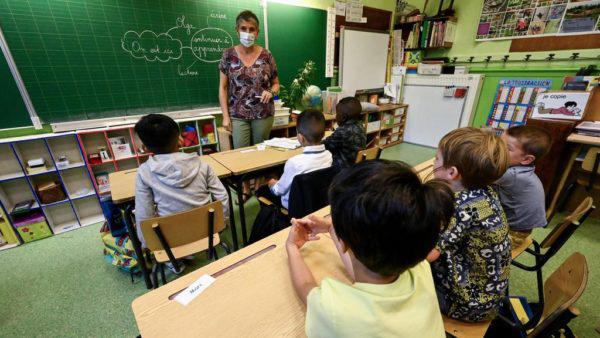
EDUCATION - Clothing deemed “unsuitable” led to disciplinary proceedings in a college in Isère. If we do not yet know the outcome of this story unveiled Tuesday, October 8, it questions the ability of schools to determine what are “correct” clothes.
The rectorate judged the outfit of the young girl in question unsuitable “for a work situation, under the terms of the internal regulations”. Before that, two supervisors had pointed out to her that her dress and tank top were “provocative”.
What does the law say about this? Do directives come from the Ministry of Education or are colleges and high schools free to write their own rules of procedure?
Internal regulations of each establishment
Contacted by The HuffPost, the Ministry of Education indicates that the control of clothing falls within the competence of the internal regulations of each establishment.
Colleges and high schools must however follow some instructions which are available on the website of the Ministry of Education and which are not specific to clothing. Internal regulations must, for example, "determine the conditions under which the freedom of information and freedom of expression available to each student are implemented, with respect for pluralism and the principle of neutrality, respect for the principles of secularism and of pluralism” or even “the duty of tolerance and respect for others in their personality and in their convictions”.
You should know that rules of procedure, if they are prepared by the college and the high school, in consultation with elected staff of the establishment as well as representatives of students and parents of students, is also “examined and voted on by the board of directors, then sent to the rector of the academy”.
French law

Knowing this, you must of course bear in mind French law. Thus, the 2004 law on secularism stipulates that “in public schools, colleges and high schools, the wearing of signs or outfits by which students ostensibly manifest a religious affiliation is prohibited. The rules of procedure recall that the implementation of a disciplinary procedure is preceded by a dialogue with the student. According to another law, from 2010, “no one may, in the public space, wear an outfit intended to conceal his face.” These laws on religious signs or dress, no establishment can obviously ignore them.
The Ministry of Education also specifies that certain regulations also stipulate clothing restrictions for health or safety reasons.
For example, in that of the University of Paris Descartes, it is indicated that: “Clothing must comply with health and safety rules and be adapted to the activities followed, in particular sports and practical work in the laboratory. In the latter case, clothing or accessories that are loose or easily flammable, or likely to interfere with the wearing of personal protective equipment, cannot be admitted.
Many similar cases
Beyond these few conditions, it is at the discretion of the establishments. What is “correct” dress accepted by a college, high school or university? “The legal framework on ‘correct outfits’ remains rather vague”, confirms lawyer Valérie Piau with Le Figaro. In the internal regulations of the private vocational school Saint François d'Assise, for example, the following are prohibited: “torn and pierced trousers and jackets, trousers revealing underwear, short skirts, shorts, Bermuda shorts, harem pants, joggers (outside PE class hours), caps, bucket hats, hoods, scarves”.
Given the differences within the different establishments, the case of the Isère college, which is causing controversy at the moment, is not isolated. In 2016, a high school student from Albi, in Occitanie, was summoned by his CPE because he was wearing makeup. The same, the Condorcet high school, in Limay in the Yvelines, had even banned the wearing of jogging.
With regard to the teenager from Isère, the rectorate clarified to AFP: “We are talking about teenagers, their construction, their relationship to others and the importance clothing in our society. We are in an educational process, which is not put in place to stigmatize or punish, but to raise awareness. There are rules and they must be applied”.
Also see on The HuffPost:
Marine Le Breton
Head of LIFE at HuffPost







